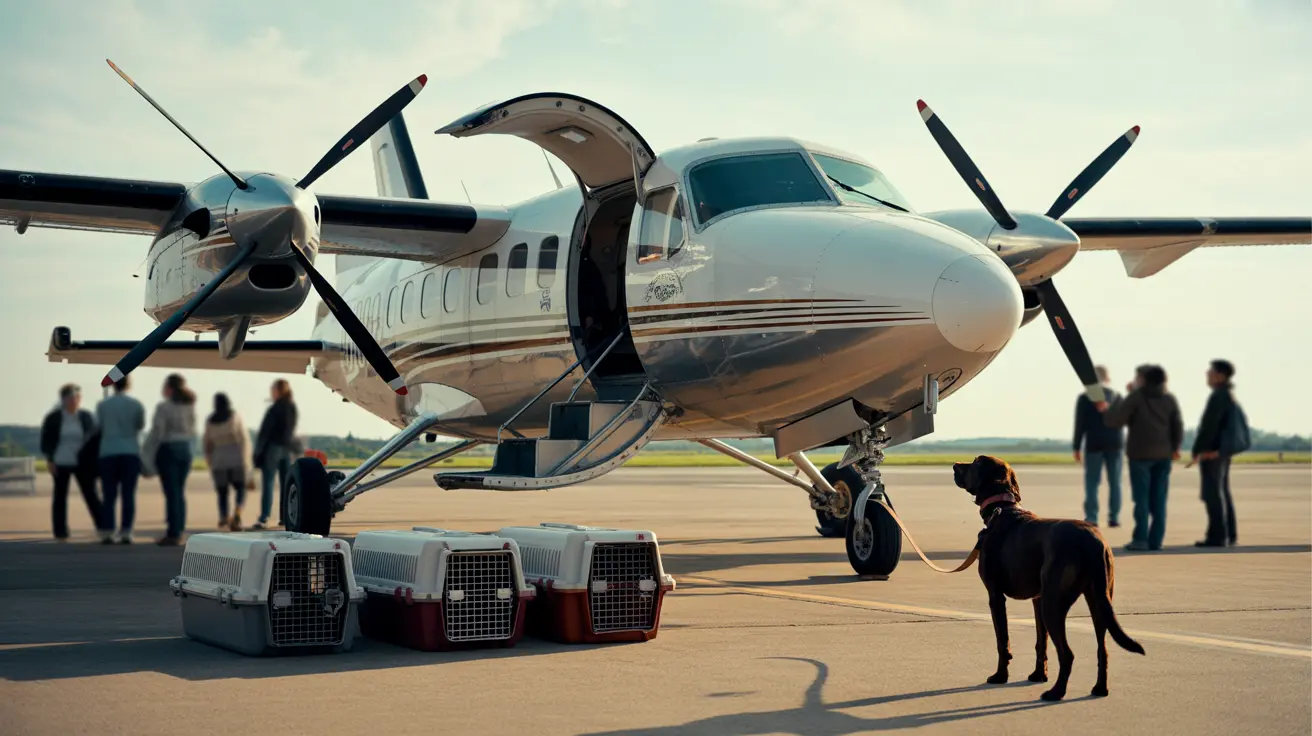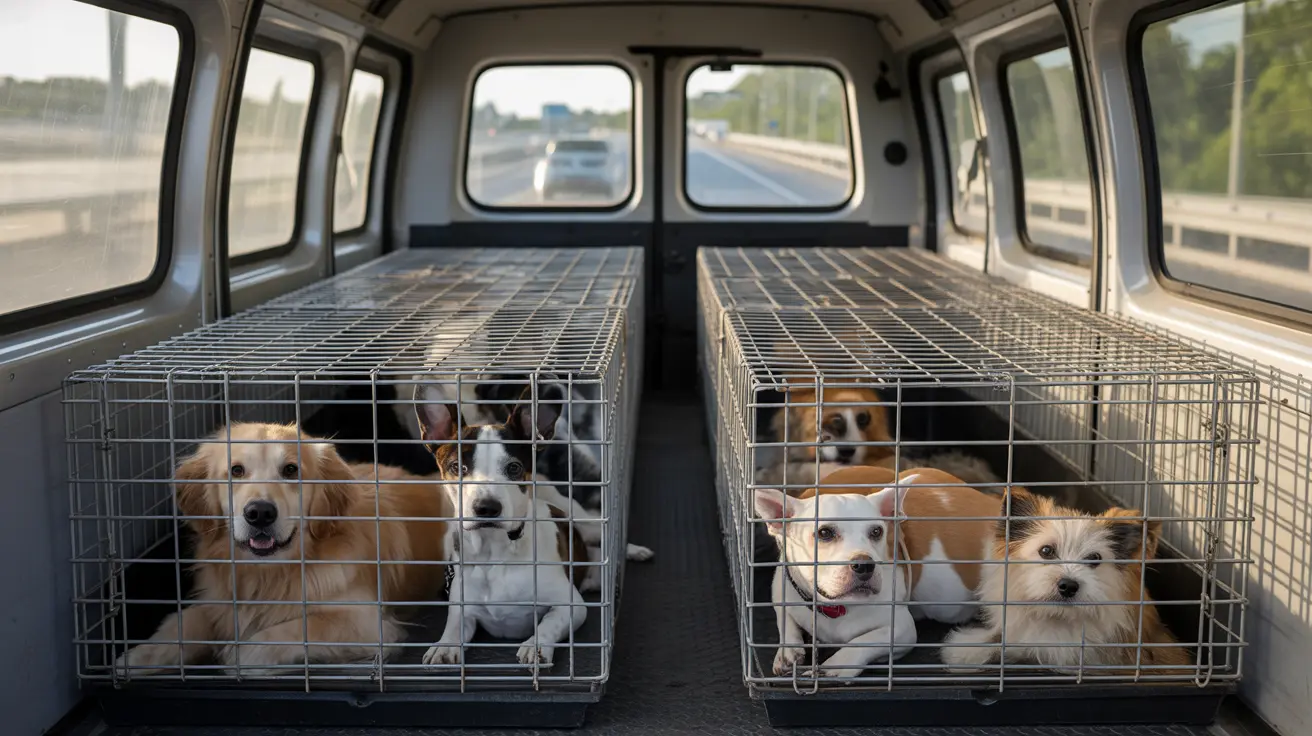Why Does My Dog Go Into the Litter Box?
Many pet owners are puzzled by the curious—and sometimes gross—habit of dogs raiding cat litter boxes. While this behavior may seem baffling, it's rooted in canine instincts and can have both behavioral and health implications. Understanding why your dog is in the litter box and how to prevent it is crucial in maintaining a hygienic and peaceful multi-pet household.
Why Dogs Are Attracted to Litter Boxes
Dogs are natural scavengers. Cat feces, though repulsive to us, carry a strong scent that can be enticing to dogs, often compared to a treat. Some dogs are more persistent about it than others, and once they get a taste, it can become a repeat behavior. This is not just unsightly—it can be harmful.
Health Risks of Dogs Eating Cat Litter or Feces
- Bacterial Infections: Exposure to bacteria like salmonella can occur.
- Parasites: They may ingest parasites such as roundworms or toxoplasma.
- Allergic Reactions or Blockages: Clumping litter can cause intestinal blockages if consumed in large amounts.
- Signs of Ingestion: Watch for vomiting, diarrhea, lethargy, constipation, bad breath, and loss of appetite.
How to Keep Your Dog Out of the Litter Box
There are several effective strategies to prevent your dog from accessing the litter box:
- DIY Enclosure: Construct a homemade unit using two nesting storage crates. The smaller crate sits inside a larger one, creating a litter box 'foyer' inaccessible to dogs.
- Physical Barriers: Use baby gates, door latches, or microchip-controlled pet doors to allow cat access while keeping dogs out.
- Furniture Placement: Hide the litter box behind furniture, in closets, or elevated on shelves or counters your dog can't reach.
- Covered/Side-Entry Boxes: These can deter dogs but may stress cats, especially older or anxious ones.
- Frequent Cleaning: A clean box is less enticing. Scoop litter often to remove potential 'snacks.'
- Training: Positive reinforcement and commands like "leave it" can be taught to curb the behavior.
DIY Litter Box Enclosure: Step-by-Step Guide
- Materials: Two nesting storage crates (30 and 18-gallon sizes), drill with 1.5” hole saw, jigsaw, scrap wood, screws, and a small mat or carpet piece.
- Cut Openings: Size doors to fit your cat but not the dog—5.5” wide by 8.5” tall is a good example.
- Create a Foyer: Place smaller crate inside the larger and assemble a false floor to separate edges so the dog can't reach inside.
- Smooth Edges: Drill and cut openings, then sand any sharp edges for safety.
- Optional Light: Drill holes in lids to let light in if your cat prefers a brighter space.
Design Considerations
- Cat Needs: Ensure the box is private, accessible, and offers multiple escape routes.
- Dog Size: Tailor any openings or barriers based on your dog's ability to squeeze through small spaces.
- Cleanability: Ensure boards and mats used are easy to remove and clean regularly.
Other Preventative Solutions
- Litter Box Furniture: Specialized enclosures with small entry points and internal dividers.
- Segmented Spaces: Use foldable pet fences to create zones inaccessible to dogs.
- Cat Trees: Strategically place climbing trees near elevated litter areas to provide cat-only access.
Final Thoughts
Keeping dogs out of the litter box requires a combination of thoughtful design, behavior understanding, physical deterrents, and consistent training. What works for one home may not work for another, so consider your pets’ individual behaviors and needs. A clean, safe, and stress-free environment benefits the health and happiness of all your furry companions.





